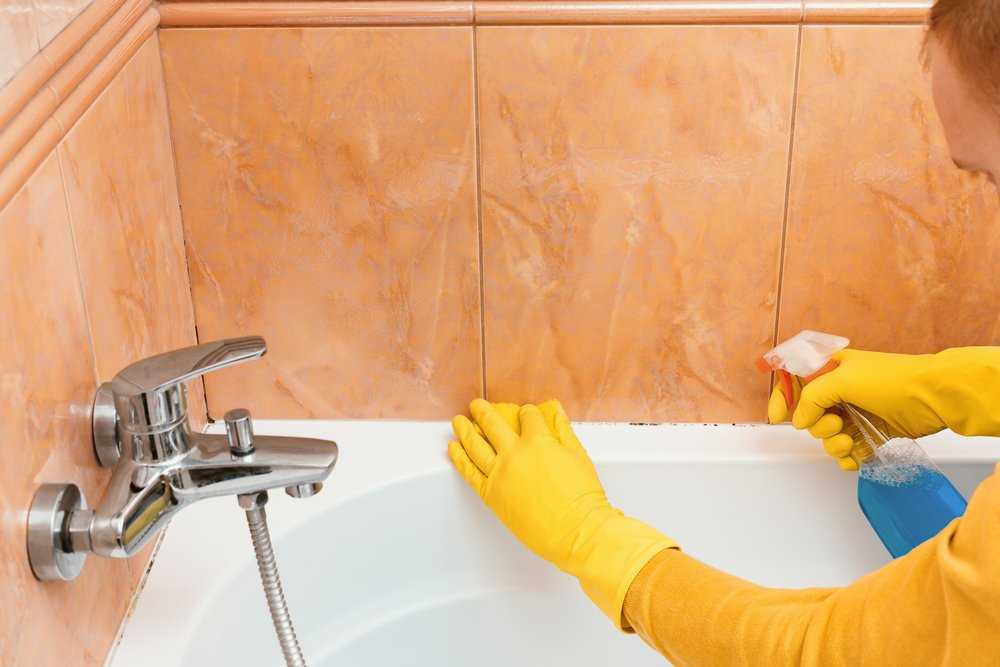Mold can be a serious issue in many homes, particularly in laundries and bathrooms where humidity is high. Not only can it result in unsightly patches, but it can also have serious health implications. That’s why it’s important to take proactive steps to prevent their formation. We believe that prevention is better than cure, so let’s dig into 20 prevention methods. We present ten to start with and, later on, will share the remaining helpful tactics.
Contents
- 1. Regular Deep Cleaning Regime
- 2. Invest in Proper Ventilation
- 3. Use Dehumidifiers and Air Purifiers
- 4. Install Mold-Resistant Products
- 5. Keep Surfaces Dry
- 6. Regularly Empty Laundry Hampers
- 7. Regular Inspection for Leaks
- 8. Use Mildew-Resistant Shower Curtains
- 9. Regular Grout Cleaning
- 10. Limit Indoor Plants
- 11. Dispose Damp Towels Quickly
- 12. Properly Seal Windows and Doorways
- 13.Use Anti-Mold Cleaning Solutions
- 14.Regularly Change Bath Mats
- 15.Install Moisture-Resistant Drywall
- 16.Use Tile Instead of Wallpaper
- 17.Keep Exhaust Fans Clean
- 18.Use Washable Paint on Walls
- 19.Natural Sunlight Exposure
- 20.Regularly Plumbing Checks
- In Summary
1. Regular Deep Cleaning Regime
The great thing about regular deep cleaning is that while you’re keeping your bathroom and laundry area spick-and-span, you’re also reducing the conditions mould thrives in – moisture and dirt. Using mold-killing products or a solution of one part bleach to 10 parts water to quickly clean off mildew or mold you spot can be beneficial. Keep in mind the importance of regularity in cleaning: Letting your shower, back of your washing machine or bathroom ceiling slip into a messy state for too long creates a prime habitat for these nuisances.
2. Invest in Proper Ventilation
Ventilation is crucial in building engineering to control humidity levels and condensation. In the absence of adequate ventilation, moisture sticks around, and bathrooms and laundries can easily become mold-breeding grounds. Consider installing an exhaust fan or opening windows when possible to promote air circulation. Remember: It’s crucial that the moist air goes outside otherwise we’ve simply moved the problem around our home!
3. Use Dehumidifiers and Air Purifiers
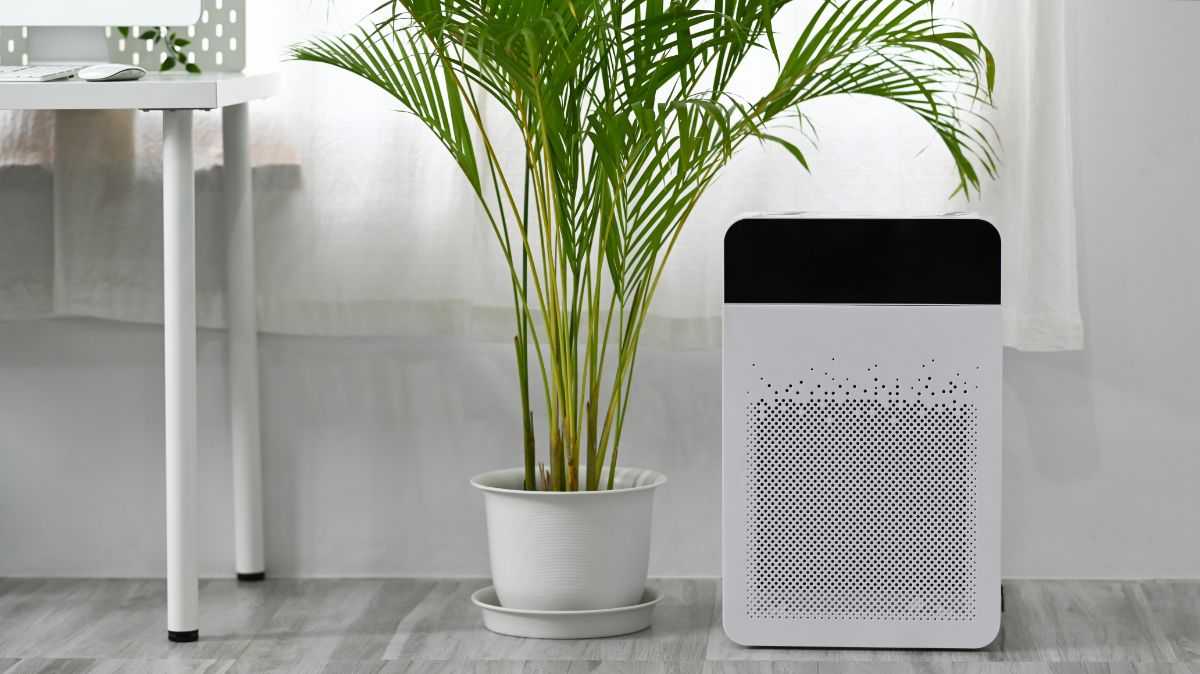
If natural ventilation isn’t enough to maintain an optimal humidity level (between 30% – 60%), it may be wise to invest in dehumidifiers or air purifiers. Dehumidifiers work by removing excess moisture from the air, making it difficult for mold to grow. Air purifiers, particularly those with HEPA filters, can also help by trapping mold spores present in the air before they get a chance to grow and multiply.
4. Install Mold-Resistant Products
Play it safe by using products that naturally resist mold. Luckily, many items now come with built-in mold resistance, such as paint & shower products. Perhaps during your next renovation, consider using mold-resistant drywall or Sheetrock, particularly suitable for sprucing up rooms prone to high humidity like the laundry room or bathroom.
5. Keep Surfaces Dry
Mold cannot grow without moisture. One simple practice is keeping surfaces in your bathroom and laundry room as dry as possible. After a shower or bath, use a squeegee to remove water from the walls and floors. Regularly check these areas for condensation and wipe them down if you spot any.
6. Regularly Empty Laundry Hampers
Laundry hampers are often forgotten spots that can harbour moisture and mould. Regularly washing clothes and not allowing wet garments to sit for prolonged periods will disrupt mould growth. Try to wash your clothes promptly and remember to keep your hampers dry.
7. Regular Inspection for Leaks
Mould thrives in damp environments, so a small leak can become a big problem over time. Regularly checking your roof, pipes, bathroom fixtures and appliances for leaks can save you both time and money as well as preventing potential mould issues.
8. Use Mildew-Resistant Shower Curtains
Shower curtains are another prime location for mildew and mould since they often stay damp for hours after a shower. Mildew-resistant shower curtains are now readily available and highly recommended. Should you notice any black or grey spots, it’s time for a change or a thorough cleaning.
9. Regular Grout Cleaning
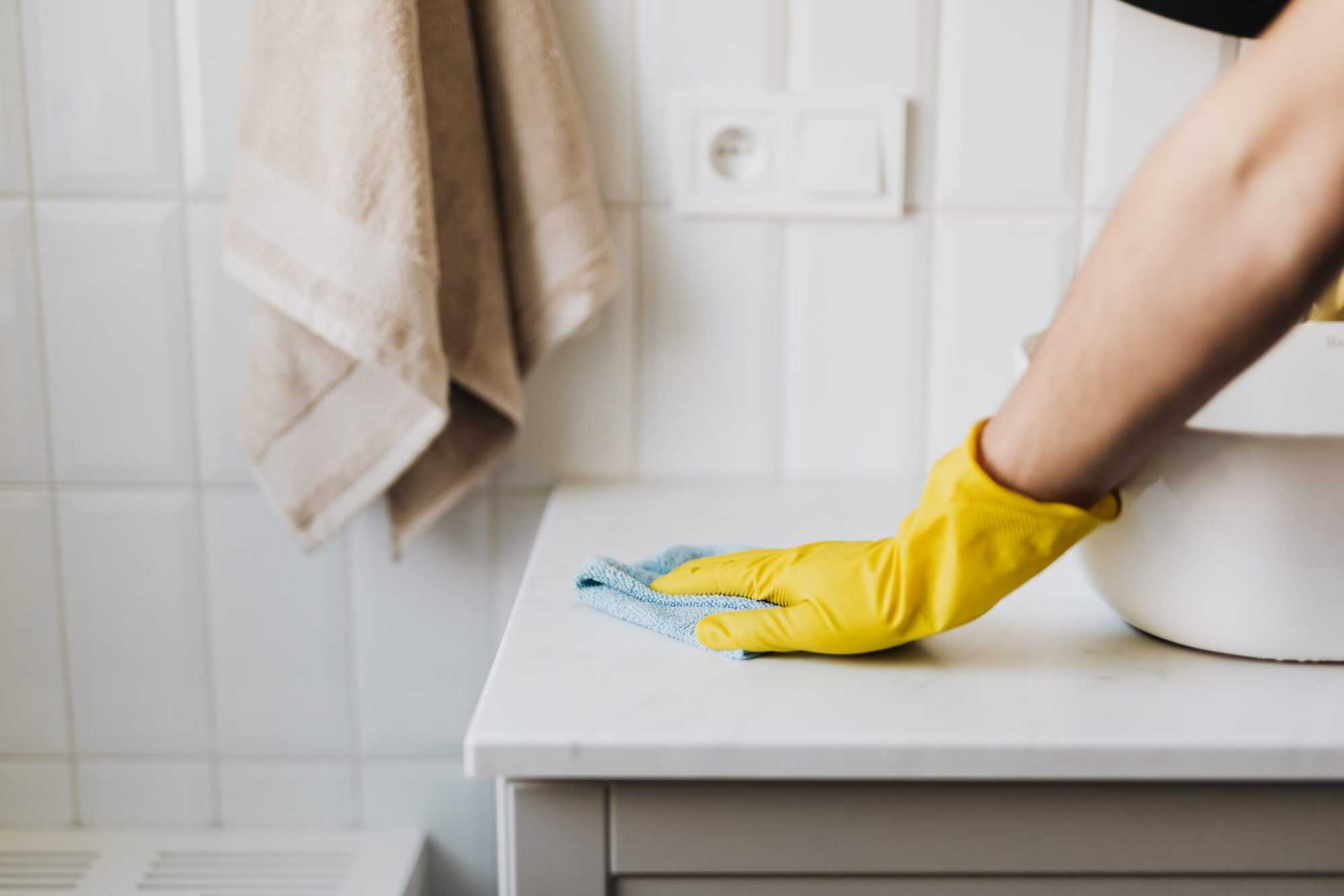
Grout in the bathroom can gather mold rapidly due to its porous nature. It’s important to regularly clean and dry these areas or even consider a grout sealant. Baking soda with water can create an effective homemade cleaning solution, or specialized grout cleaners found in most home stores work great too.
10. Limit Indoor Plants
We all love indoor plants, but they can unknowingly invite mould. This is because the moist soil is perfect for mould growth. By limiting the number of plants in your bathroom or laundry room, you limit the risk. If you are keen on maintaining your green decor, consider plant species that require less watering or faux plants.
11. Dispose Damp Towels Quickly
Disposing of damp towels quickly is an effective mould-prevention technique. It’s no secret that mould loves damp and humid environments. A wet, used towel provides a perfect breeding ground for mould spores. Preferably, you should wash your towels after every use to keep your bathroom fresh and mould free. However, if this isn’t always possible, don’t leave damp towels lying around. Hang them up to air dry which can prevent the growth of mildew or mould.
12. Properly Seal Windows and Doorways
Another easy prevention method is properly sealing your windows and doorways, especially in your laundry room or bathroom where humidity tends to be high. Moisture can sneak in through these areas and settle on the walls or floor, promoting the growth of mould. Use quality sealants to block out any unwanted dampness. This will also help maintain warmth during cold months thus reducing condensation which aids in reducing mould.
13.Use Anti-Mold Cleaning Solutions
Anti-mold cleaning solutions are specifically formulated with ingredients that not only clean away visible mold but also prevent its recurrence. Whenever you undertake your regular building maintenance and hygiene activities, incorporate the use of an anti-mold cleaning solution as part of the process—especially in damp-prone areas such as showers and tiled surfaces in your room.
14.Regularly Change Bath Mats
Bath mats absorb water everytime you step on them after a shower or bath, making them a potential haven for indoor mold growth. Regularly washing and changing bath mats can prevent the accumulation of water and thwart any potential mold build-up. If you dry them outdoors, remember that natural sunlight exposure can aid in preventing mold too.
15.Install Moisture-Resistant Drywall

Installing moisture-resistant drywall, especially in bathrooms and laundries, can have a substantial effect on mold prevention. This type of drywall, often referred to as green board, resists the absorption of moisture and humidity which significantly mitigates the risk of mold and mildew growth in your home.
16.Use Tile Instead of Wallpaper
Wallpaper can easily trap in moisture, leading to mold growing behind it. To avoid this, consider using tile on bathroom walls instead. Tile is resistant to moisture and is much easier to clean, making it an excellent choice building engineering-wise for preventing mold growth. In addition, the use of a squeegee to remove water from tile walls post-shower can significantly reduce dampness and therefore, mold risks.
17.Keep Exhaust Fans Clean
Exhaust fans in bathrooms or laundry rooms serve an important role in dissipating steam and preventing moisture build-up -a common culprit for mould growth on ceilings. However, if not cleaned regularly, they can become less effective due to dust accumulation. Make it a habit to clean exhaust fans frequently so they remain efficient.
18.Use Washable Paint on Walls
Likewise, using washable paint for wall surfaces can help discourage the formation of mould. This type of paint is engineered to withstand damp conditions and is immune to the damaging effects of constant washing with cleaning solutions. Furthermore, since mould tends to build up on walls over time, being able to wash them off easily aids in slowing down its growth.
19.Natural Sunlight Exposure
Natural sunlight exposure works wonders against mold growth too! Try keeping your windows open during sunny days to allow for sunshine and fresh air to circulate. Sunlight helps to speed up the drying process and its UV radiation can help kill a wide array of microorganisms, including mold and mildew.
20.Regularly Plumbing Checks
Lastly, conduct regular plumbing checks. If there’s a slow leak in your bathroom or laundry room, it could contribute to unwanted moisture build-up and prompt mold growth. Having your plumbing routinely checked for leaks or any other issues can save you from costly repairs and health hazards that come from a mold-infested home.
In Summary
These twenty tips are comprehensive steps in preventing mould in your laundry and bathrooms. Emphasizing preventative measures like improving ventilation, thorough cleaning with anti-mold solutions, regular plumbing maintenance, and making smart choices during home upgrades will go a long way in keeping mould at bay. Preventing mould isn’t just about maintaining aesthetic appeal – it’s about safeguarding the health of everyone who lives in or visits your house. So start implementing these tips today for a cleaner and healthier home.
- Fixing Leaks Under Your Kitchen Sink – Why You Should Leave It to the Experts - May 14, 2024
- Why You Should Seriously Consider a Sink Food Disposal System even Though They are Not Common in Australian Homes” - May 14, 2024
- Preventing Clogs in Your Kitchen DrainWarning Signs You Shouldn t Ignore - May 14, 2024
Related posts:
 Top Tips to Minimise and Combat Mould and Mildew in Your Bathroom and When You Might Need a Professional Mould Removal Service
Top Tips to Minimise and Combat Mould and Mildew in Your Bathroom and When You Might Need a Professional Mould Removal Service
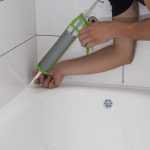 Top Tips to Keep Your Bathroom Caulking and Grout Clean and Fresh
Top Tips to Keep Your Bathroom Caulking and Grout Clean and Fresh
 X Practical Tips for a Fresh and Clean Kitchen Sink
X Practical Tips for a Fresh and Clean Kitchen Sink
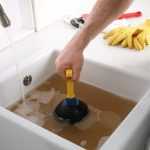 Simple Bathroom Maintenance Tips for Beginners Knowing When to Call Dan’s Plumbing
Simple Bathroom Maintenance Tips for Beginners Knowing When to Call Dan’s Plumbing
 The Importance of Proper Ventilation in Your Bathroom
The Importance of Proper Ventilation in Your Bathroom
 Tips for Basic Bathroom Renovations Without Moving Plumbing
Tips for Basic Bathroom Renovations Without Moving Plumbing

